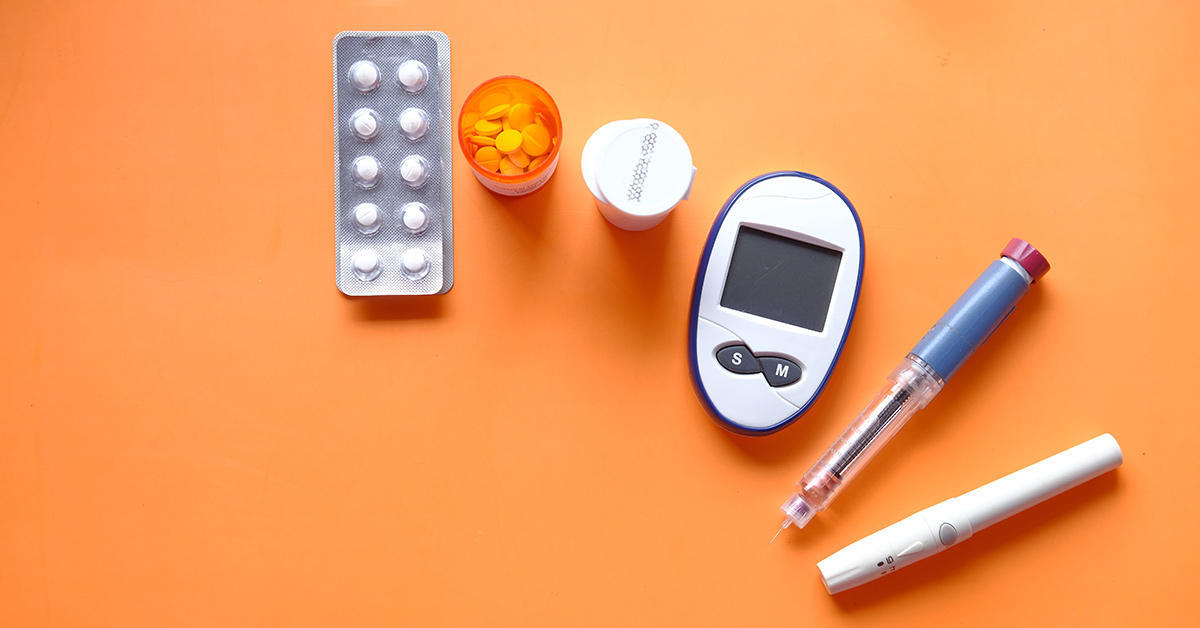Follow the four steps in this post to learn how to manage your diabetes. The signs in this booklet show you the steps you can take to manage your diabetes. There are many ways to prevent diabetes, especially type 2 diabetes, and in most cases, this involves living a healthy lifestyle.
The cornerstone of treatment for type 2 diabetes is a healthy diet, increased physical activity, and maintaining healthy body weight. A recent study by University College London found that people who exercise have a lower risk of developing type 2 diabetes.
Studies have shown that losing as little as 7% of body weight can reduce the risk of developing diabetes by 58%. Reducing saturated fat intake to 7% of total daily calories can significantly reduce people's risk of developing diabetes.
ALSO READ | Fitness Regime For Men After 30 Suffering From Hypertension And Diabetes
Meanwhile, the “good fats” found in foods like fish, olive oil, nuts, and avocados may lower your risk of developing diabetes. Fruit blend helps reduce the risk of diabetes and heart disease. In addition, replacing sugar or refined carbohydrates with foods that have less of an impact on blood sugar may help lower your risk of developing diabetes (2, 3, 4, 5, 6).
Ultra-low-carbohydrate diets consistently lower blood sugar and insulin levels, increase insulin sensitivity and reduce other risk factors for diabetes (32, 33, 34, 35, 36). While these recipes may improve diabetes eating plans, they are equally beneficial for those interested in preventing diabetes. Some foods contain powerful nutrients that help control blood sugar, regulate appetite, and protect the heart—all of which are especially important for people with diabetes.
Oral medications, such as metformin and insulin, are also often used to control blood sugar levels in people with type 2 diabetes. When blood sugar reaches dangerously low levels, many people with type 1 diabetes may receive injections of glucagon to quickly raise blood sugar levels. Type 2 diabetes occurs when the pancreas cannot produce enough insulin or is no longer effective at lowering blood sugar levels.
It occurs when a diabetic's sugar levels drop to fatal levels while sleeping. Over time, foods can lead to gradual increases in blood sugar and insulin levels until the condition eventually develops into type 2 diabetes. This is a problem because you need insulin to metabolize the sugar (glucose) from the foods you eat and turn it into energy for your body.
Daily activity helps reduce the likelihood of developing diabetes by moving blood sugar into muscle cells and increasing insulin sensitivity of cells. Research shows that chronic inflammation caused by fatty foods, lack of exercise, and eating small amounts of fruits and vegetables can increase the risk of a heart attack and decrease the body's ability to absorb blood sugar. Research has shown that depression changes body chemistry in ways that are harmful to people at risk of developing diabetes.
This is especially important because people with diabetes can develop debilitating vision problems, such as complications from diabetes. The disease can lead to a number of other health problems, including foot problems, blindness, kidney disease, and heart disease. Gestational diabetes can be a scary diagnosis, but like other forms of diabetes, it can be managed. This means that by working with your doctor, you can have a healthy pregnancy and a healthy baby.
Talk to your doctor about the best way to manage your diabetes to stay healthy. Help your healthcare team develop a diabetes care plan that's right for you. Discuss how your diabetes plan is working each time you visit your healthcare team. Join a support group in person or online to get peer support for your diabetes care.
If you have diabetes or pre-diabetes and want to improve your health with a simple, life-saving approach to nutrition, this series is for you. The condition known as prediabetes is rarely tested, but people who are aware of the condition can take advantage of this opportunity if they know how to prevent diabetes. About 30 million Americans are living with diabetes, both diagnosed and undiagnosed.
If this trend continues, the CDC predicts that one-third of Americans will have diabetes by 2050. In addition to the health concerns of children with type 1 diabetes, Matt Webber says studies have shown parents of these children are at an increased risk of developing their own diabetes. own health problems, including depression, stroke, and cardiovascular disease, in part due to constant stress and lack of sleep. People with diabetes need to choose healthy foods, maintain a healthy weight, move more every day, and take medication even when they feel well.
Taking care of yourself and your diabetes can help you feel good today and in the future. If you keep fit and exercise regularly, you will be better able to keep your glucose levels in the right range and ultimately control your diabetes for the rest of your life. At the same time, limiting inactivity, such as watching TV, to 10 hours a week can reduce the risk of developing diabetes by 43%.
Instead, type 1 diabetics must constantly monitor their levels, usually with insulin injections or a pump. Research shows when people with diabetes consume high-fibre foods; for example, whole grains, fruits and vegetables, which also contain vitamins and minerals; their blood sugar and blood lipid levels may be well under control.
One reason may be that the Mediterranean style is rich in extra virgin olive oil, which contains antioxidants called polyphenols, which reduce inflammation associated with diabetes. In a Finnish study, men who ate more apples and other foods rich in flavonoid quercetin were 20 per cent less likely to die from diabetes and heart disease. One study was done in women, but because people with diabetes are at a higher risk of bone loss, adding prunes to the diet may help maintain bone density, Palinsky-Wade said.














